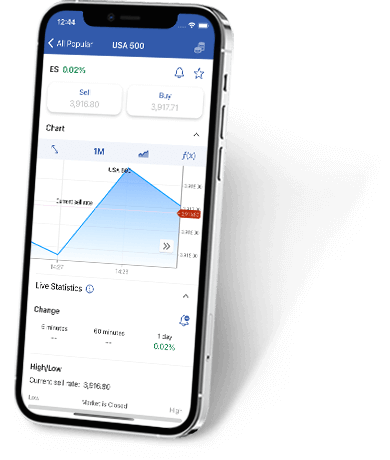What is the S&P 500?
The Standard & Poor's 500 Index, more commonly known as the S&P500 or simply the S&P, is a collection of the 500 largest corporations listed on stock exchanges in the United States when weighted by their market capitalization. There are actually 505 listings because a few of the companies have multiple stock classes on the list. For example, Alphabet has both a Class A (GOOGL) and a Class C (GOOG) share listing. The index has been measured by free-float weighted capitalization since 2005. This means that only shares that are available on the public market are included in each company’s market cap listings. The index constituents are listed on the New York Stock Exchange or NASDAQ, which trades from 9:30 a.m. to 4 p.m EST, except on trading holidays.
The S&P 500 companies are divided into 11 sectors: Communication Services, Consumer Discretionary, Consumer Staples, Energy, Financials, Health Care, Industrials, Materials, Real Estate, Technology, and Utilities. This allows traders to track not only the index as a whole but also the performance of companies within the same industries. This provides for a greater level of diversification than trading stocks of a single company.

Illustrative prices.
Who Is Responsible for the S&P 500?
The S&P 500 is maintained by the S&P Dow Jones Indices, a joint venture between S&P Global, which used to be named McGraw Hill Financial, News Corp., which owns Dow Jones, and CME Group. Besides operating the S&P500 Index, S&P Dow Jones Indices also runs the S&P 1500, the S&P Global 1200 and S&P 100. The index is the top global index when measured by the market cap of the companies it includes.
In 1941, the Standard Statistics Company merged with the Poor’s Publishing company to create Standard & Poor’s. The S&P first expanded to 500 companies in 1957, although the Standard Statistics company had first developed a smaller stock market index in 1923. There have been mutual funds available for trading based on the listing since 1976.
Is the S&P 500 Calculated?
When calculating the S&P 500 index, first the free-float market capitalisations of each component are calculated. This means that the shares that are publicly available for each company are multiplied by that stock’s value per share to come up with the company market capitalizations. Then the market caps are added together to create the index market capitalization. Finally, each company’s market cap is divided by the index market cap to create that company’s weighted average. The greater the company’s weight, the more impact it will have on the index when its price moves. This is similar to other market value-weighted indexes like the FTSE 100 (UK 100) and the NASDAQ (US-TECH 100).
The S&P 500 values are calculated every 15 seconds by the Ultronics Systems Corp., who have carried out this process since 1962. To be included in the index, a company must be traded on the NYSE or NASDAQ. However, as of 2019, only about 70% of the revenue for each of the companies comes from U.S. operations, on average. As of March 4, 2021, the top 10 companies on the list account for about 27% of the index’s market capitalization.
Can the S&P 500 Be Traded as an Instrument?
The S&P 500 can be traded as either a mutual fund or an ETF made up of stocks or futures. It can also be used as an underlying instrument for CFD trading. With CFD trading, instead of purchasing the composite stocks or futures directly, you either open a Buy position if you feel the value of the index will go up, or you open a Sell position if you feel that the price of the index will go down.
Traders can also use Options CFDs* to speculate on the S&P 500, by placing buy and sell orders on Put and Call orders on the Option CFD. A sell order on a Put Option CFD is placed if a trader believes that the index value will meet or exceed a target or “strike” price within a predetermined amount of time. A sell order on a Call Option CFD is placed if the trader believes the index will be trading below the strike price upon the Options’ expiry.
*Instruments availability subject to regulation.
